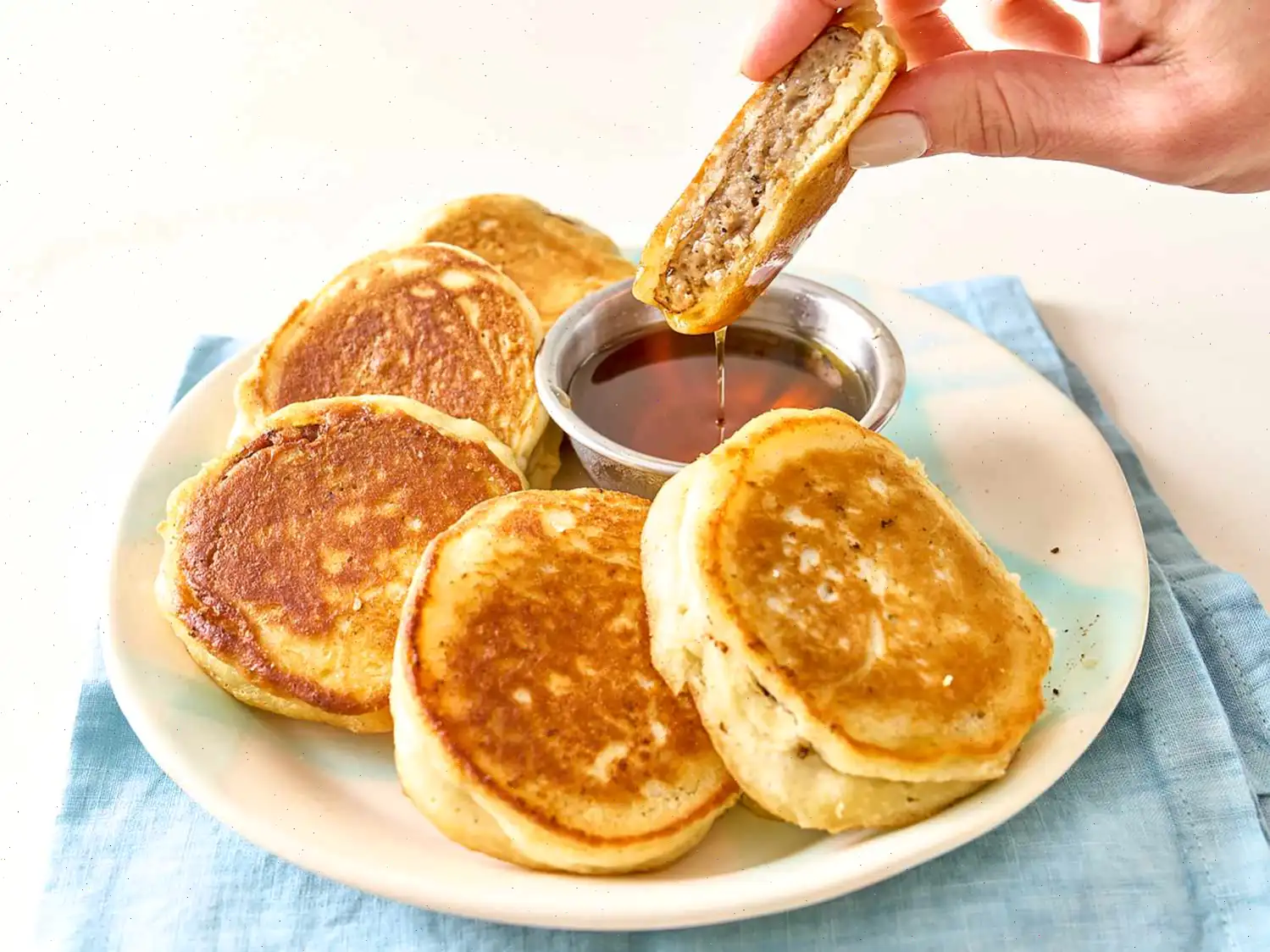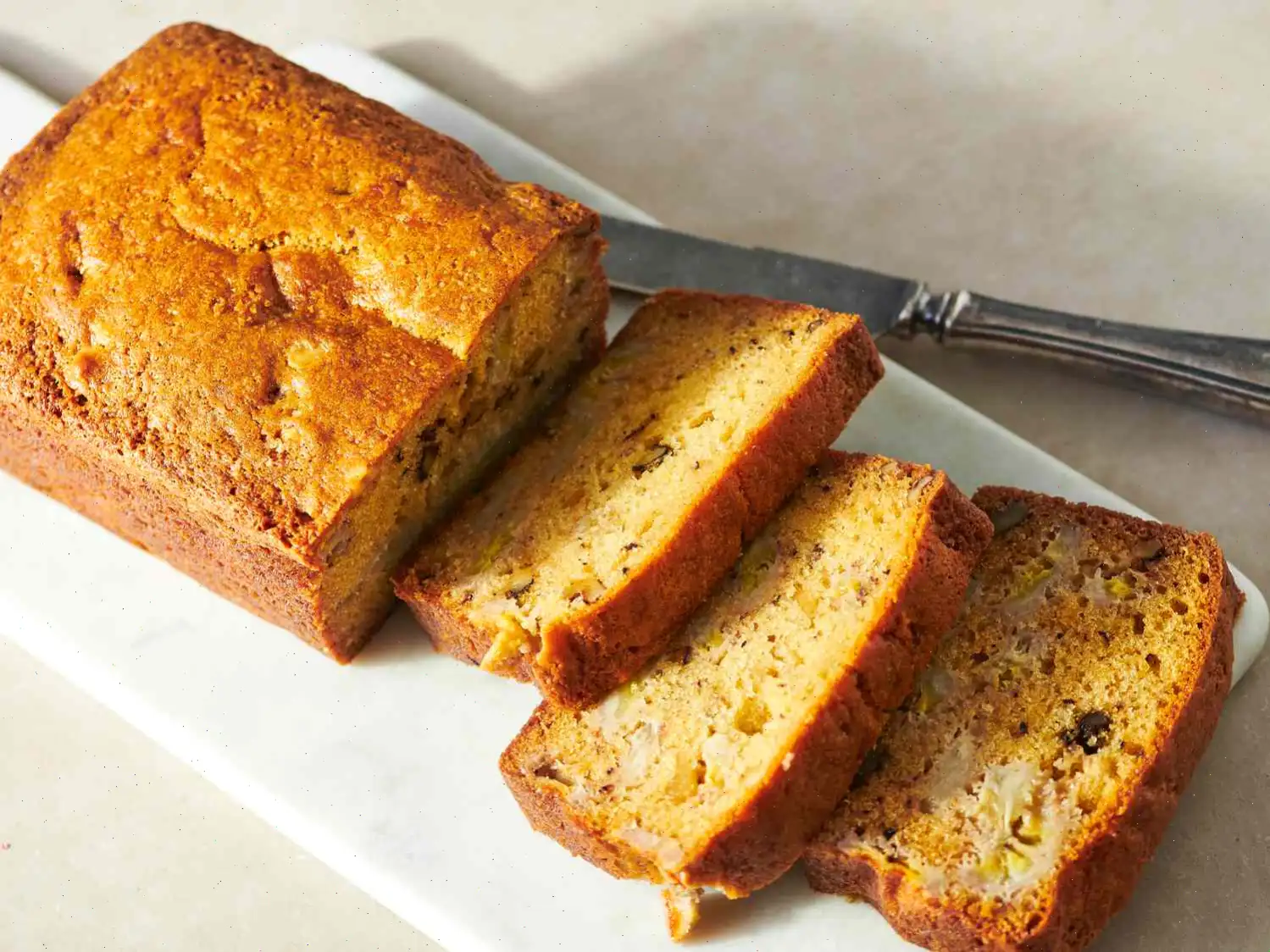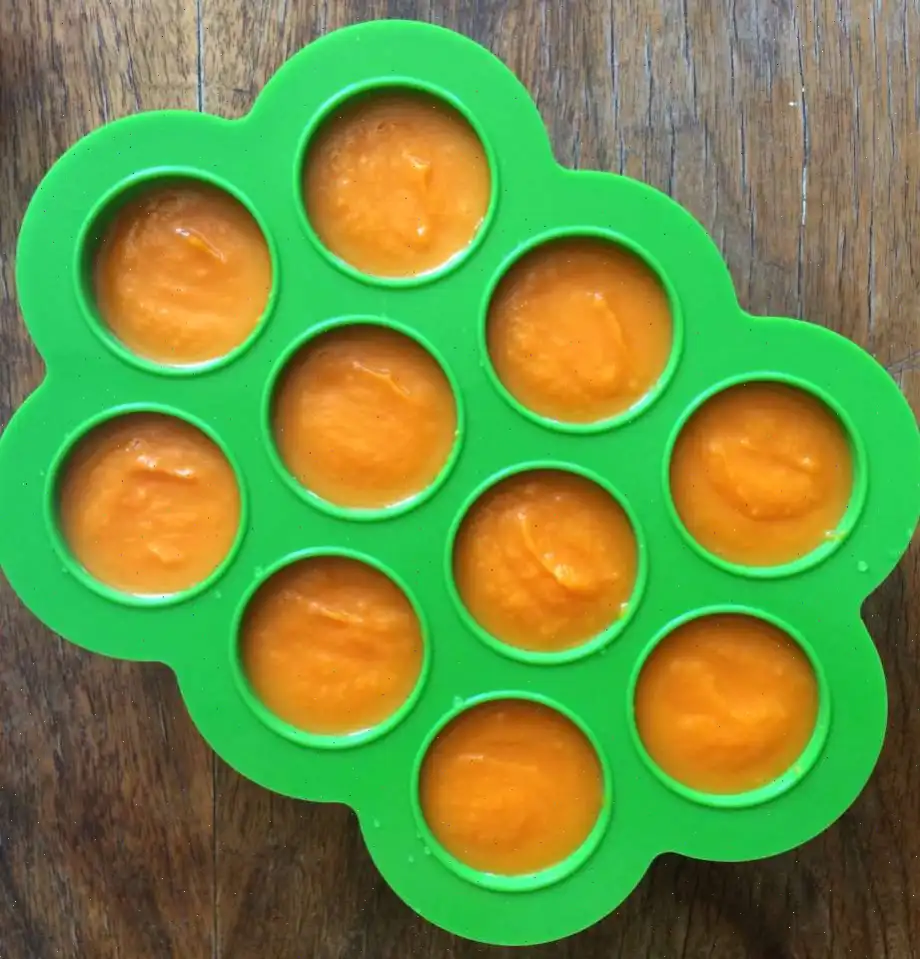
Frozen Fruit Smoothie Recipe
Ingredients
- 9 ounces pineapple juice
- 2 cups assorted frozen fruit (your choice)
- 1 frozen banana, cut into chunks
- 1 cup vanilla Greek yogurt (such as Cabot 2%)
Directions
- Place the pineapple juice, frozen fruit, frozen banana, and yogurt into the blender jar.
- Blend until smooth and creamy.
- If the mixture is too thick, add a little more pineapple juice to achieve your desired consistency.
- Once blended, pour the smoothie into glasses and serve immediately.
Cook's Note
When I'm making smoothies, I always raid my freezer since I keep a stash of frozen fruit. For convenience, you can also pick up a bag of frozen assorted fruit from the grocery store. If you have any leftover smoothie or if you want to make extra, pour the mixture into popsicle molds for a refreshing treat the next day. Kids love them, and it's a fun way to help them enjoy their fruit. If you don't have a high-powered blender, allow the frozen fruit to thaw slightly and add extra juice and yogurt to help the blender work more easily.
Nutrition Facts (per serving)
| Calories | 213 |
| Total Fat | 2g |
| Saturated Fat | 1g |
| Cholesterol | 4mg |
| Sodium | 34mg |
| Total Carbohydrates | 42g |
| Dietary Fiber | 3g |
| Total Sugars | 32g |
| Protein | 8g |
| Vitamin C | 80mg |
| Calcium | 104mg |
| Iron | 1mg |
| Potassium | 556mg |
Servings per Recipe: 3

Author: Pat Bernitt
Prep Time: 10 minutes
Serves: 3
Ingredients
- 9 ounces pineapple juice
- 2 cups assorted frozen fruit (your choice)
- 1 frozen banana, cut into chunks
- 1 cup vanilla Greek yogurt (such as Cabot 2%)
Instructions
- Add juice, frozen fruit, frozen banana, and yogurt to the jar of a blender, and process until smooth. If too thick, add a little more pineapple juice until you reach your desired consistency.
- Pour into glasses and serve.
Nutrition Facts (per serving)
- Calories: 213 kcal
- Fat: 2 g
- Fiber: 3 g
- Sugars: 32 g
- Sodium: 34 mg
- Protein: 8 g
- Cholesterol: 4 mg
- Carbohydrates: 42 g
- Saturated Fat: 1 g
History of the Frozen Fruit Smoothie
The smoothie, as a concept, dates back to the early 20th century but became a staple of modern health trends in the 1960s and 1970s. The frozen fruit smoothie is believed to have emerged as a health-conscious alternative to traditional milkshakes, especially after the discovery of the health benefits of fruits and vegetables in their raw form. With the rise of health food movements, particularly in the United States, smoothies grew in popularity for their nutritional value and ease of preparation. The frozen fruit variety became especially popular as frozen fruits became more accessible in supermarkets, making it easy to create a refreshing and nutritious drink at home or in health-focused cafes.
Regional Variations of Smoothies
While smoothies are popular worldwide, regional variations often emerge based on locally available ingredients. In tropical regions, for example, smoothies often feature exotic fruits like mango, papaya, and passion fruit, while in colder climates, berries such as strawberries, blueberries, and raspberries are more commonly used. Smoothies are especially popular in the United States, where they are often made with a variety of fruits and vegetables, and sometimes even incorporate superfoods like spinach or kale. In countries like Brazil, smoothies made from acai berries have gained immense popularity as part of the aai bowl trend.
How the Frozen Fruit Smoothie Differs from Similar Dishes
Frozen fruit smoothies differ from similar dishes like milkshakes or fruit juices due to their thicker consistency and the incorporation of yogurt or other creamy elements. Unlike milkshakes, which are often based on ice cream or milk, smoothies typically contain whole fruits, making them a healthier option, packed with fiber and nutrients. Additionally, smoothies like the frozen fruit version are made with frozen fruits, which not only enhances their creamy texture but also makes them a convenient snack that doesnt require fresh produce. In contrast to fruit juices, smoothies retain the fiber of the fruit, offering a more filling and satisfying treat.
Where Frozen Fruit Smoothies Are Typically Served
Frozen fruit smoothies are commonly served in health food cafes, juice bars, and smoothie chains around the world. They have become a go-to beverage for people seeking quick and healthy meal alternatives, especially for breakfast or as a mid-day snack. They're also frequently served in fitness centers, where they can be made with added protein powders, making them an ideal post-workout recovery drink. In addition, homemade smoothies are a popular choice for families, particularly for busy mornings or as a healthy snack for children. With their versatility, frozen fruit smoothies are not limited to any specific time of day or type of venuethey can be enjoyed anywhere, from a high-end juice bar to a simple kitchen counter.
Interesting Facts About Frozen Fruit Smoothies
- Did you know? Smoothies became a mainstream health trend in the United States in the 1990s, thanks to the rise of smoothie chains like Jamba Juice.
- The first recorded use of a blender in smoothies dates back to 1937, when a man named Stephen Poplawski patented the first blender designed for making drinks.
- Frozen fruit smoothies can be a great way to sneak in extra servings of fruits and vegetables, especially for picky eaters. You can blend in spinach, kale, or even cauliflower without compromising taste.
- Many smoothie enthusiasts enjoy customizing their drinks with additional supplements, such as protein powder, chia seeds, flax seeds, or even collagen for extra health benefits.








